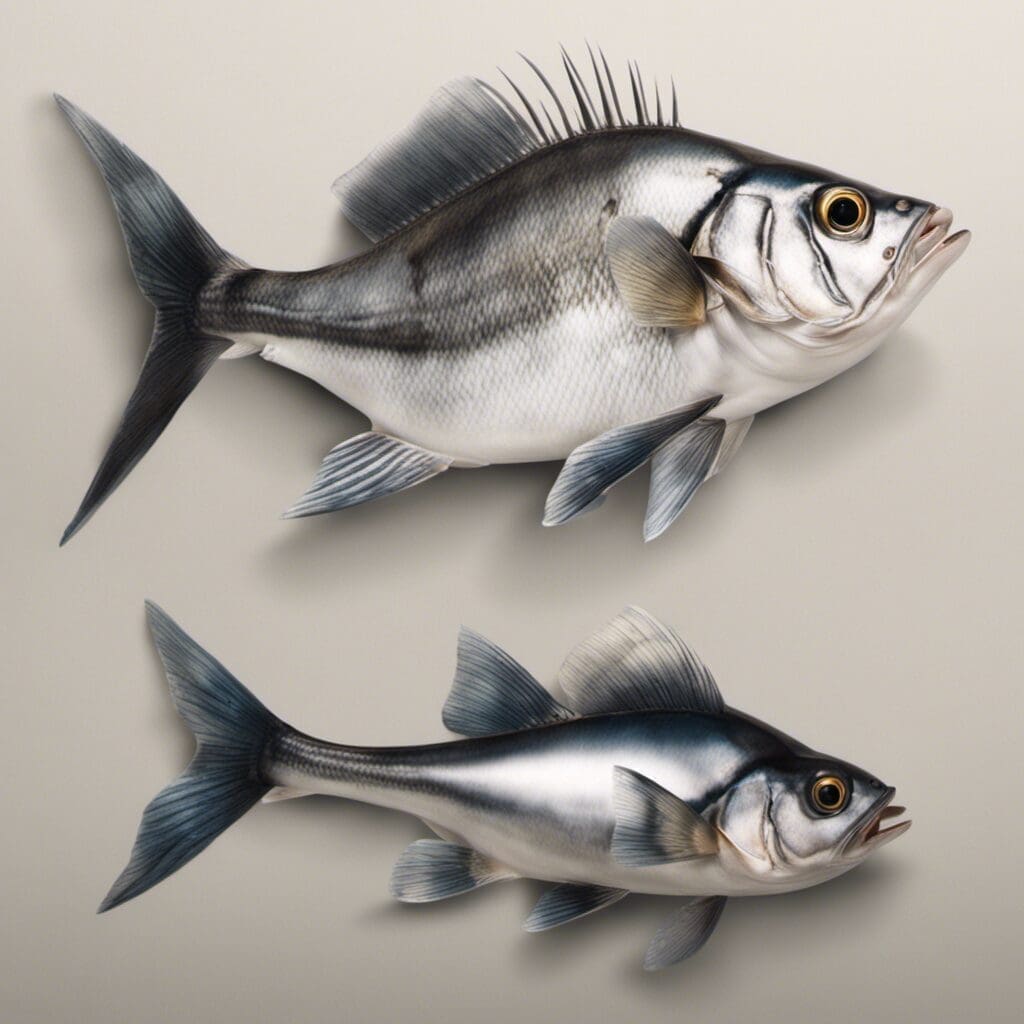Introduction
The Banded Rudderfish, scientifically known as Seriola zonata, is a species of Ray-finned fish from the family Carangidae, more commonly known as the jack family.
Conservation Status
The international Union for Conservation of Nature (IUCN) has not evaluated the conservation status of the Banded Rudderfish as of now, indicating that there are currently no significant conservation efforts specifically targeting this species.
Statistics
Banded Rudderfish statistics are as follows:
| Average | Range | |
|---|---|---|
| Length | 40 cm | 10 – 70 cm |
| Weight | 5 kg | 0.5 – 12 kg |
| Average Lifespan | 10 years | 5 – 15 years |
Distribution
The Banded Rudderfish has a widespread distribution in the tropical and subtropical waters of the Atlantic and Indo-Pacific Oceans. It makes seasonal migrations towards warmer waters during the winter months.
Habitats
The Banded Rudderfish typically resides in marine, saltwater environments and is often found near the surface. It prefers warmer waters that range from 20°C to 30°C.
When and Where to See
Due to its seasonal migration, the Banded Rudderfish is most commonly spotted during the winter months when it moves towards warmer waters. Regardless of the season, the best time to see this species is during the day.
Best Fishing Locations
- Florida, United States
- Gulf of Mexico
- Bahamas
- Hawaii, United States
- Western Atlantic coast to Brazil
- Caribbean Sea
- Southwest Pacific from Australia to Japan
Typically, the deeper oceanic waters are the best regions to find the Banded Rudderfish. Use visual cues like bird activity above waters, as they often indicate the presence of these fish.
How to Catch
The most effective baits for catching Banded Rudderfish are small live baits like shrimp or artificial lures that mimic small baitfish. The techniques mostly used are trolling and bottom fishing. Optimal fishing time is during the day, especially during winter months.
Identification Guide
The Banded Rudderfish is of a dark blue color on its upper body, which gradually fades to silver on its belly. It has 7-8 dark cross bands on the upper part of its body, helping in its identification. It is closely related to and can be confused with the Greater Amberjack and the Common Dolphinfish.
Culinary
Banded Rudderfish is known for its light, mild flavor and a medium-firm texture. It can be cooked in various ways, such as grilling, baking, and sautéing, and is commonly used in ceviche recipes due to its soft, light meat. Make sure to cook it at a high temperature for a short time to preserve its delicate flavor.
Additional Information
Banded Rudderfish are opportunistic feeders and mostly feed on smaller fish, shrimp, and squid. They often form schools and can be aggressive, especially during feeding. Natural predators of the Banded Rudderfish include larger fish species and heavy fishing pressure causing a threat to their population.
While it does not have any significant historical or cultural significance, it is a popular species due to its taste and importance in sport fishing.
References and Further Reading
- Ally J. & Rooper, C. & Zimmermann, M. (2012). ‘Species associations and trophic relationships of shallow-water fish assemblages in a fjord estuary in the northeastern Pacific Ocean’ – research paper studying the feeding habits of Banded Rudderfish
- Froese, R. and D. Pauly. Editors. (2019). ‘FishBase. World Wide Web electronic publication’ – comprehensive information on all fish species, including the Banded Rudderfish

